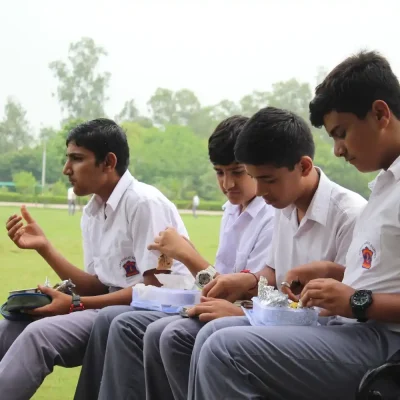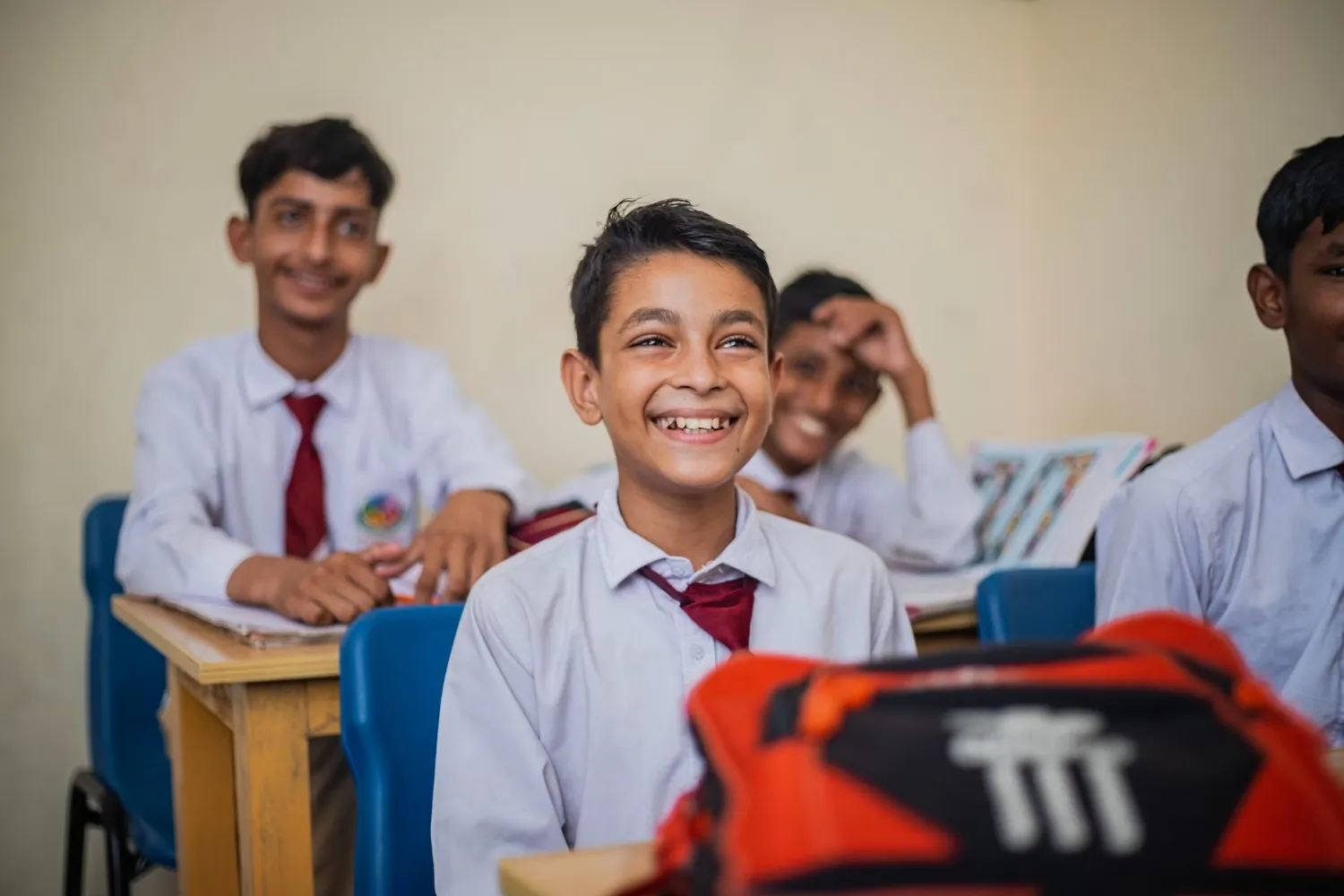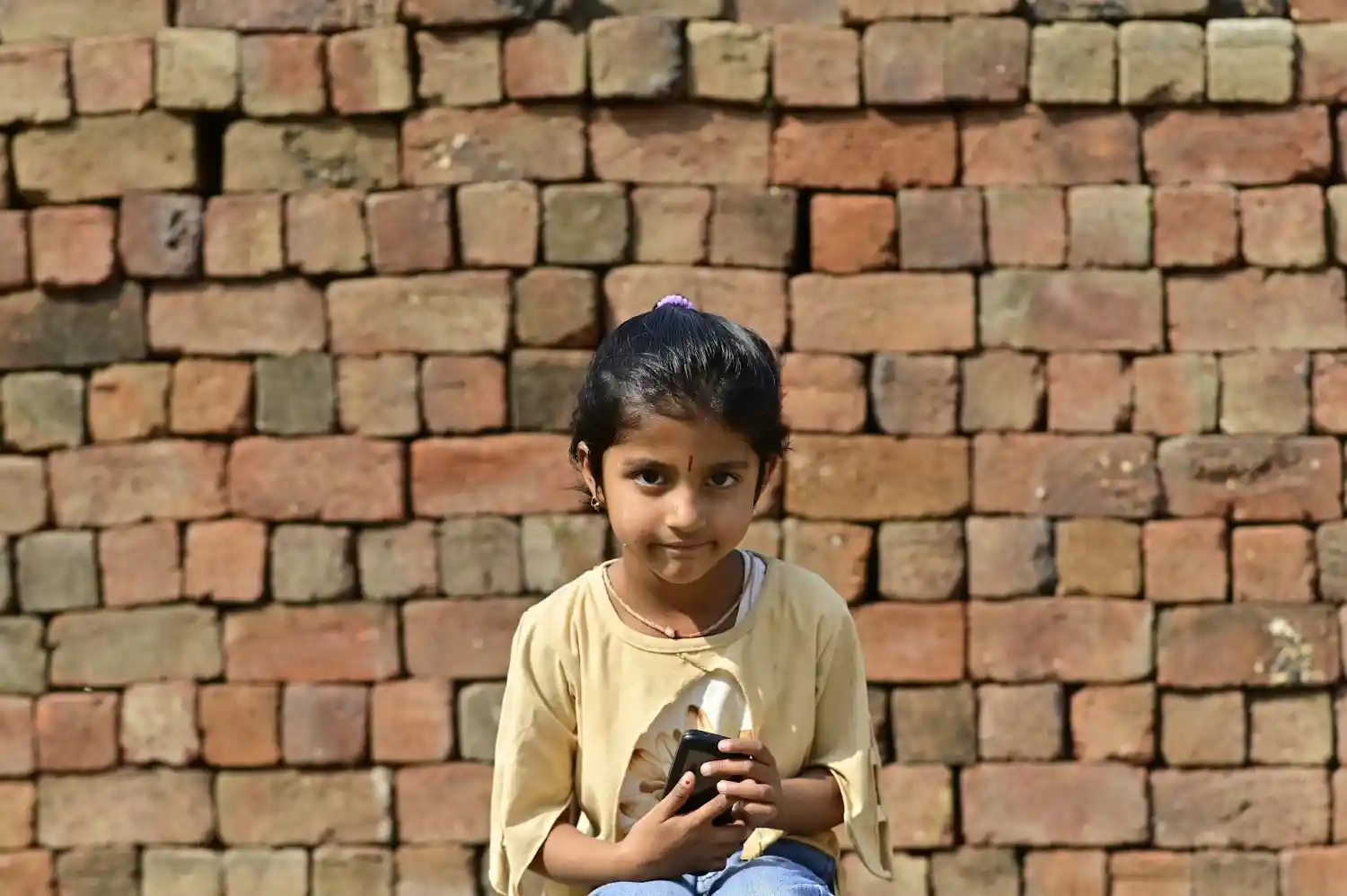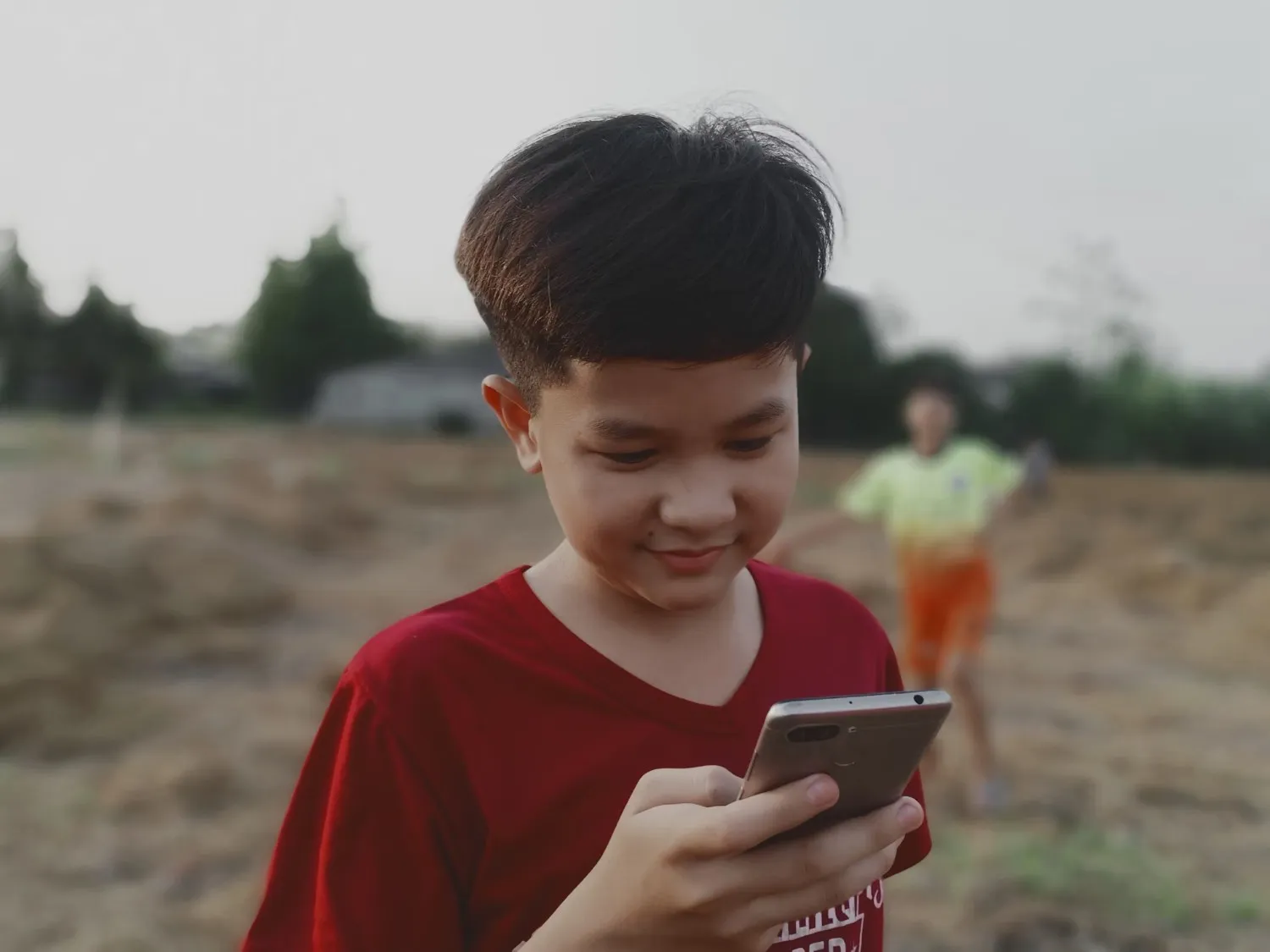Introduction
I’ve always dreamed of a career that feels right, but the road to getting there is full of obstacles. Vocational Training for Youth is supposed to teach us job-ready skills, but skill development challenges often stand in the way. From access to vocational education to socioeconomic barriers to training, the hurdles can be felt very strongly. I think of my friend Anil, who wanted to become a carpenter and learn carpentry but couldn’t find a nearby training center. His frustration is something I feel too—it’s personal. Vocational training challenges and solutions are about more than fixing systems; they’re about giving us a fair shot at a future we’re proud of. Let’s explore the problems in youth skill development and the solutions that can change lives.
For a deeper understanding of the role of nonprofits in supporting these youth initiatives, check out Understanding NGOs: Their Purpose, Impact, and How They Work.
Key Challenges in Youth Vocational Training

1. Limited Access to Vocational Education
Access to vocational education is a major issue, especially in rural India. Many teens, like my cousin in a small village, have to travel hours to reach a training center, if one even exists. Rural skill training obstacles mean that training accessibility for disadvantaged youth is limited, leaving many feeling trapped.
I met Priya, a bright teen who wanted to learn tailoring but had no local options. She almost gave up until an NGO brought a mobile training unit to her village. Her story shows how the rural-urban training divide creates barriers to vocational training and why we need better outreach.
Why it’s tough:
- Few training centers in rural areas.
- High travel costs for disadvantaged youth.
- Skill training outreach limitations reduce participation.
Solutions:
- Mobile training units to reach remote areas.
- Online platforms for vocational training.
- Government subsidies to improve access to vocational education.
This kind of grassroots support is a testament to the growing impact of non-profits. Read more on How to Find Reliable NGO Websites and What to Look For.
2. Socioeconomic Barriers to Training
Socioeconomic barriers to training hit hard. For many families, paying for courses or even basic supplies is impossible. Economic barriers to education mean teens like Rohan, who I know from my neighborhood, have to work instead of train, perpetuating inequity in educational resources.
Rohan wanted to learn electrical work but couldn’t afford the fees. A free Skill India program changed that, and now he’s an electrician. His relief was palpable—it’s what solutions to skill development gaps can do for training accessibility for disadvantaged youth.
Why it’s a problem:
- Course fees and material costs are prohibitive.
- Families prioritize immediate income over training.
- Vocational training dropout rates rise due to financial strain.
Solutions:
- Free or subsidized programs like PMKVY.
- Stipends during training to support families.
- Role of government and NGOs in overcoming barriers with funding.
NGOs stepping in here not only change lives but reshape futures. Discover how NGOs are being recognized globally in Celebrating World NGO Day.
3. Gender Inequality in Vocational Training
Gender inequality in vocational training is a heartbreaker. Girls like Meena, a friend from school, often face resistance from families who think technical skills aren’t “for women.” This creates barriers to vocational training, limiting opportunities and reinforcing stereotypes.
Meena wanted to learn coding but was told to focus on “safer” paths. An NGO’s counseling convinced her family, and now she’s thriving as a developer. Her story highlights how gender and poverty impact youth access to skill training and why we need inclusive solutions.
Why it’s challenging:
- Societal norms restrict girls’ access to technical education.
- Lack of female role models in skilled trades.
- Inequity in educational resources for women.
Solutions:
- Awareness campaigns to challenge stereotypes.
- Women-focused youth vocational training
- Mentorship to encourage female participation.
4. Training Infrastructure Issues
Training infrastructure issues are a big roadblock. Many centers lack modern equipment or qualified trainers, leading to inadequate resources in technical institutions. This creates a gap between employer expectations vs training outcomes, leaving students unprepared.
I visited a local ITI where outdated computers frustrated students like Vikram, who wanted to learn IT skills. Lack of industry-aligned courses meant he wasn’t job-ready until he joined an updated NSDC program. Workforce readiness gaps are real, but better infrastructure can fix them.
Why it’s a problem:
- Outdated facilities limit hands-on learning.
- Shortage of skilled trainers.
- Policy challenges in skill development slow progress.
Solutions:
- Public-private partnerships to upgrade facilities.
- Teacher training for industry-aligned courses.
- Investment in technical institutions.
5. Lack of Awareness About Vocational Training Programs
Awareness about vocational training programs is shockingly low. Many teens and families don’t know about PMKVY, NSDC, or local NGOs offering free training. This skill training outreach limitation keeps vocational training dropout rates high, as students like Neha give up before even starting.
Neha only learned about a beauty training course through a neighbor. Now she’s a salon assistant, but she wonders how many others miss out. What are the main challenges in vocational training for youth? Lack of awareness is a big one.
Why it’s an issue:
- Limited outreach in rural areas.
- Misconceptions about vocational training’s value.
- Dropout rates in technical education due to ignorance.
Solutions:
- Community campaigns to spread awareness.
- School-based career counseling to promote programs.
- Social media outreach for youth vocational training.
Solutions to Transform Youth Vocational Training
1. Role of Government and NGOs in Overcoming Barriers
The role of government and NGOs in overcoming barriers is critical. Programs like Skill India and PMKVY offer free or low-cost training, addressing economic barriers to education. NGOs like Pratham bring vocational training for disadvantaged youth to remote areas, ensuring inclusivity.
I saw this in action at a Pratham workshop, where teens learned plumbing. Their excitement was contagious—they weren’t just learning; they were dreaming bigger. Solutions to improve access to vocational education in rural areas are making a difference.
How they help:
- Fund free training programs.
- Bring mobile units to rural areas.
- Support inclusive skill-building for all.
Unessa Foundation, for example, is dedicated to helping underprivileged children access education and skills training. Their work highlights the transformative power of education and vocational skills in breaking the cycle of poverty. Supporting such initiatives can help bring more opportunities to those in need, enabling them to build brighter futures.
Many of these NGOs rely on strong digital presence. Learn why having the right online presence matters in The Power of NGO Websites.
2. Aligning Training with Job Market Needs
How to align vocational training with job market needs is key to closing workforce readiness gaps. Partnerships with industries ensure courses teach industry-aligned courses that match employer needs, like IT or renewable energy skills.
Vikram’s IT training only worked once it included current software. Challenges in implementing government-funded training schemes often stem from outdated curricula, but industry collaboration fixes this.
How it works:
- Industry input on course design.
- Regular updates to training content.
- Work-based learning to bridge gaps.
3. Addressing Dropout Rates and Engagement
High vocational training dropout rates often come from boredom or financial pressure. Solutions to skill development gaps include engaging methods like hands-on projects and stipends to keep students committed.
Anil stayed in his carpentry course because it included real projects and a small stipend. What are effective models to fix gaps in youth skill development? Make training practical and supportive.
Solutions:
- Interactive, project-based learning.
- Financial support during training.
- Mentorship to boost engagement.
The Emotional Heart of Overcoming Barriers
Vocational training challenges and solutions aren’t just logistical—they’re deeply personal. When I saw Priya’s relief at finding a tailoring course, or Meena’s joy as a coder, it hit me: youth vocational training is about hope. These teens weren’t just learning skills; they were finding their place in the world. Problems in youth skill development feel heavy, but every solution is a step toward a brighter future.
For me, it’s about believing I can overcome my own hurdles. I’m scared of failing, but stories of training accessibility for disadvantaged youth make me feel less alone. Skill development challenges are real, but they’re not unbeatable.
Why This Matters to Us
Every story—Priya’s tailoring, Rohan’s electrical work, Meena’s coding, Vikram’s IT skills, Neha’s beauty training—feels like a piece of my own journey. They’re proof that barriers to vocational training can be overcome. I think about my own fears, the late-night worries about whether I’ll make it. Solutions to skill development gaps show me I can, giving disadvantaged youth like us a chance to shine.
Vocational training challenges and solutions are about more than training—they’re about dignity, possibility, and building a future we’re proud of. For those of us in rural areas or tough circumstances, these solutions are a lifeline.
Conclusion: Let’s Break Down the Walls Together
When I think of Priya stitching her future, Rohan wiring homes, Meena coding her dreams, Vikram mastering IT, or Neha shining in her salon, I feel a spark of hope. Youth vocational training isn’t just about skills—it’s about tearing down barriers to vocational training and building lives we love. Skill development challenges like rural skill training obstacles or gender inequality in vocational training are real, but vocational training challenges and solutions show us they’re not impossible to overcome.
If you’re a teen like me, scared but dreaming big, or a parent wanting the best for your kid, let’s not give up. Explore solutions to improve access to vocational education in rural areas, check out Skill India or NGO programs, and push for industry-aligned courses. The path might feel tough—I’m nervous too—but problems in youth skill development have solutions. Together, we can break through and build a future that feels like us.
Consider supporting organizations like Unessa Foundation, which works tirelessly to provide educational opportunities to disadvantaged children. Your donation can help give someone the tools they need to succeed in life. Every little bit counts in creating lasting change.
💛 Donate to learning kits to children with disability and training programs 💛
Your donation helps us fund:
- Emotional health toolkits for classrooms
- Training sessions for teachers and caregivers
- Mental health workshops and counseling support
- Art and play therapy sessions for children in trauma
Even a small monthly contribution can fund mindfulness materials, journals, or wellness kits for multiple children.
Want to see how effective digital platforms can amplify NGO impact? Check out The Power of NGO Websites: Examples and Key Elements.















